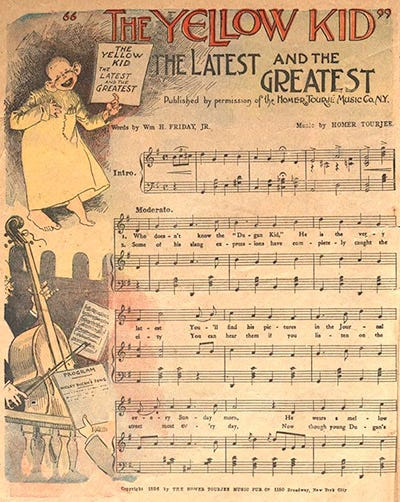
A post to Medium from Dustin Timbrook, Media Director for Lowe Mill ARTS & Entertainment:
Though the idea of a jobless world may seem radical, the prediction is based on the natural trajectory of ‘creative destruction’ — that classic economic principle by which established industries are decimated when made irrelevant by new technologies.
